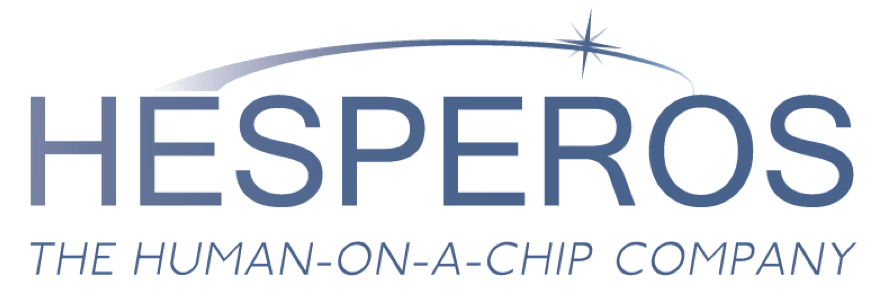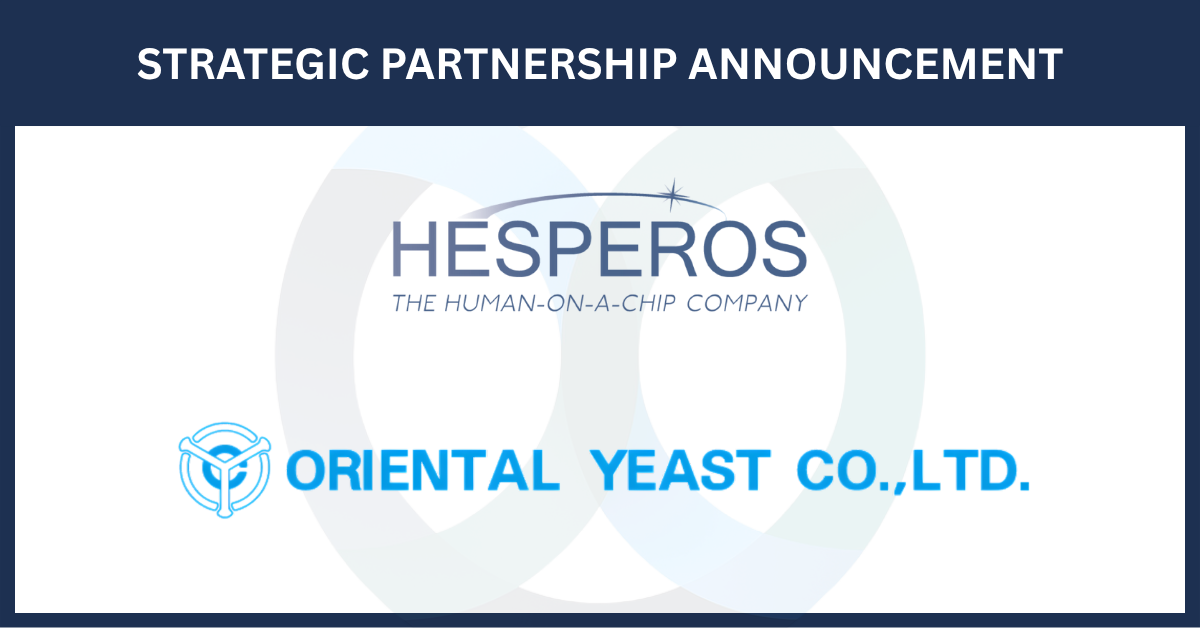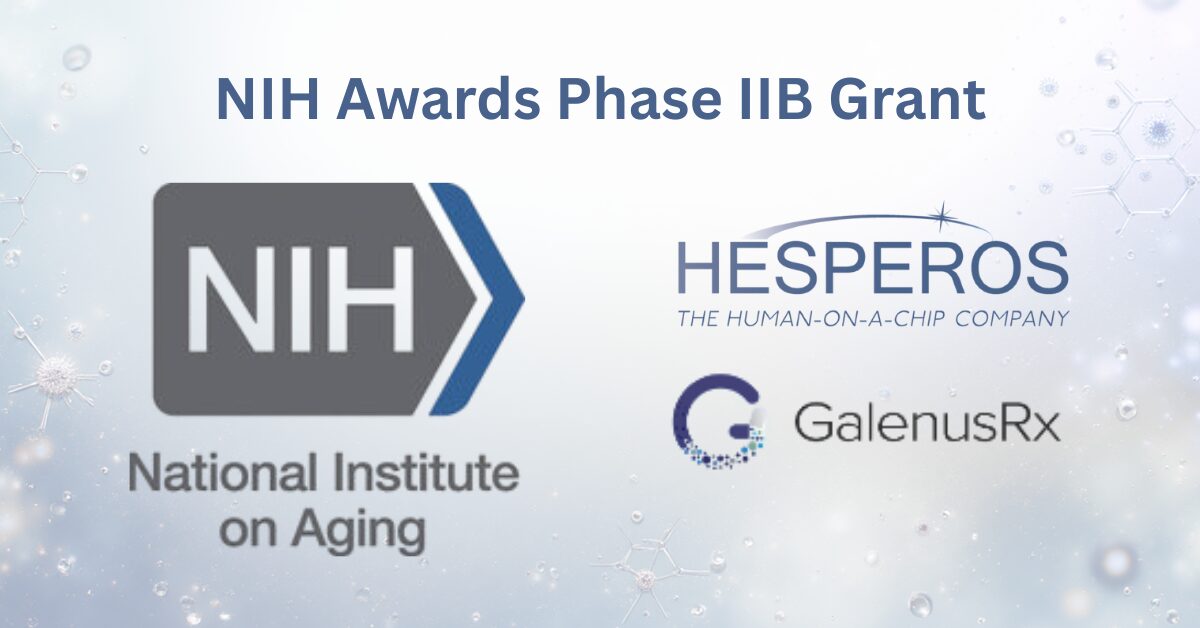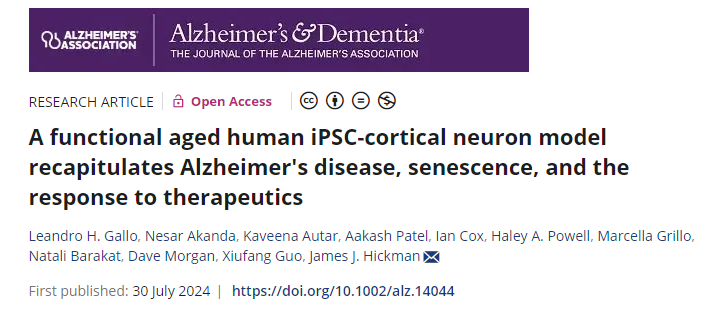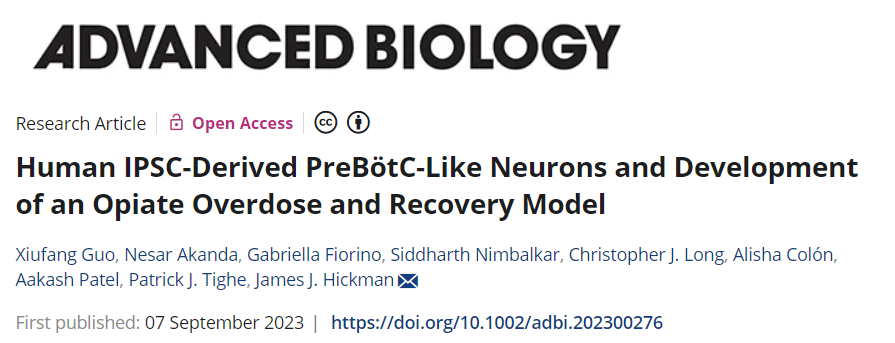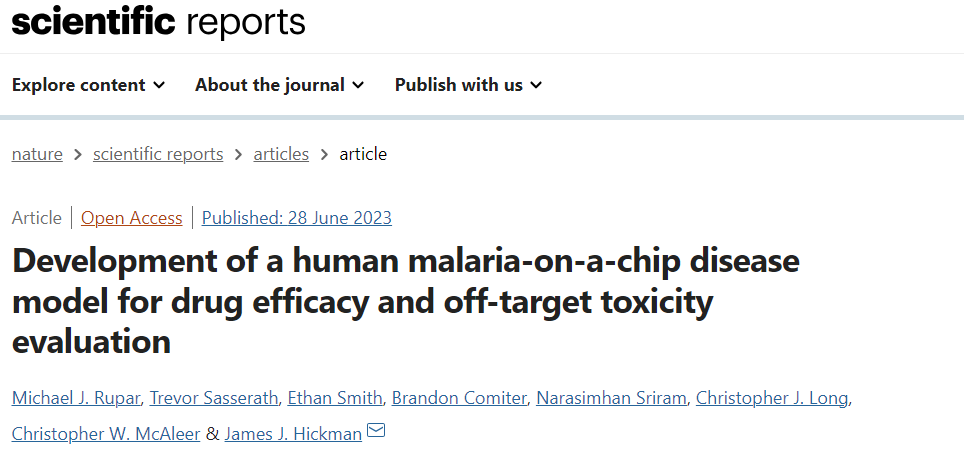“[This] is a demonstration of how these novel technologies can be leveraged to develop a new treatment paradigm – moving away from the one-treatment-fits-all perspective and towards the development of personalized medicines,” Mihael H. Polymeropoulos, M.D., … Read More
ORLANDO, FLORIDA – Researchers from Hesperos and the University of Central Florida have developed a groundbreaking model using human induced pluripotent stem cell (iPSC)-derived cortical neurons to better understand and combat Alzheimer’s disease (AD). Their research, published in Alzheimer’s and Dementia, aims to improve our understanding and treatment of the disease.
Hesperos Appoints L. Florin as CEO “I am excited to join Hesperos during this period of explosive growth […and] lead this exceptional team as we continue delivering breakthrough solutions that advance drug discovery and benefit patients … Read More
PRESS RELEASE: Hesperos announces its Human-on-a-Chip® technology supported Dianthus Therapeutics’ FDA submission for a Phase II trial of DNTH103 for generalized myasthenia gravis.
ORLANDO, FLORIDA – Researchers from Hesperos and the University of Central Florida have developed a groundbreaking model using human induced pluripotent stem cell (iPSC)-derived cortical neurons to better understand and combat Alzheimer’s disease (AD). Their research, published in Alzheimer’s and Dementia, aims to improve our understanding and treatment of the disease.
Development of an Overdose Model doi.org/10.1038/s41598-023-35694-4 Press Release Link to Publication This research provides an accurate way to model overdose in the lab, using human brain cells programmed to respond to many different opioids. Amid an … Read More
Development of a Malaria-on-a-Chip Model doi.org/10.1038/s41598-023-35694-4 Model developed to study Malaria and potential therapeutics Press Release Link to Publication Hesperos scientists have published a groundbreaking study in Scientific Reports, a Nature journal. The publication, titled “Development … Read More
